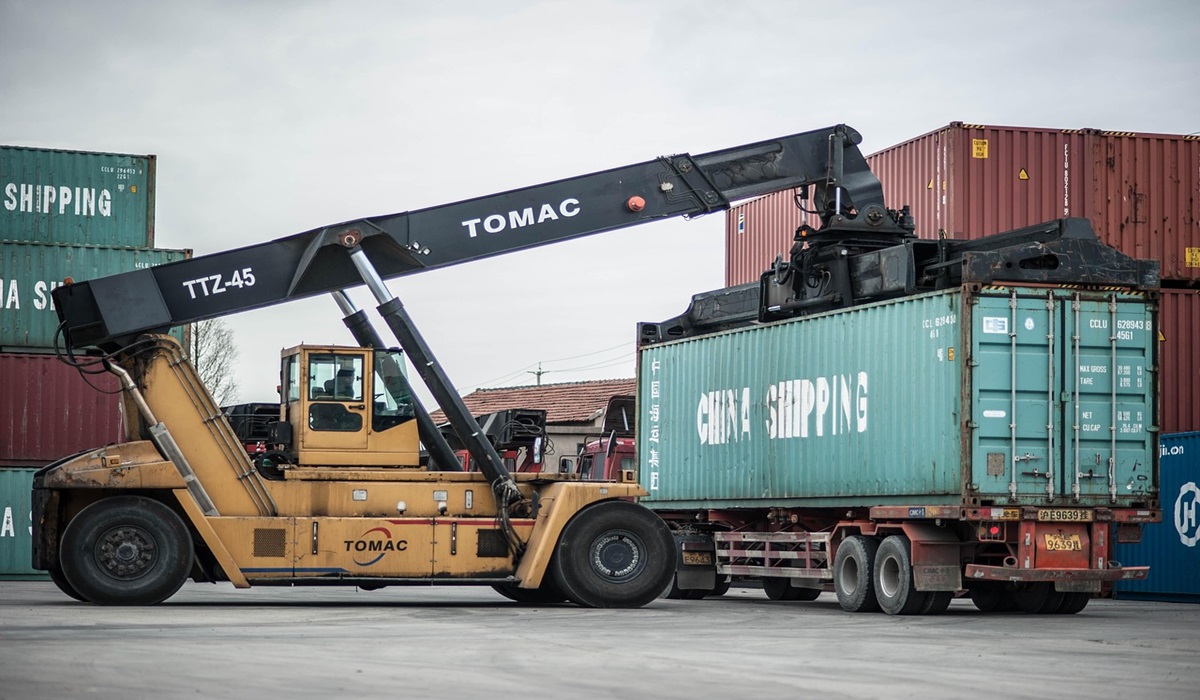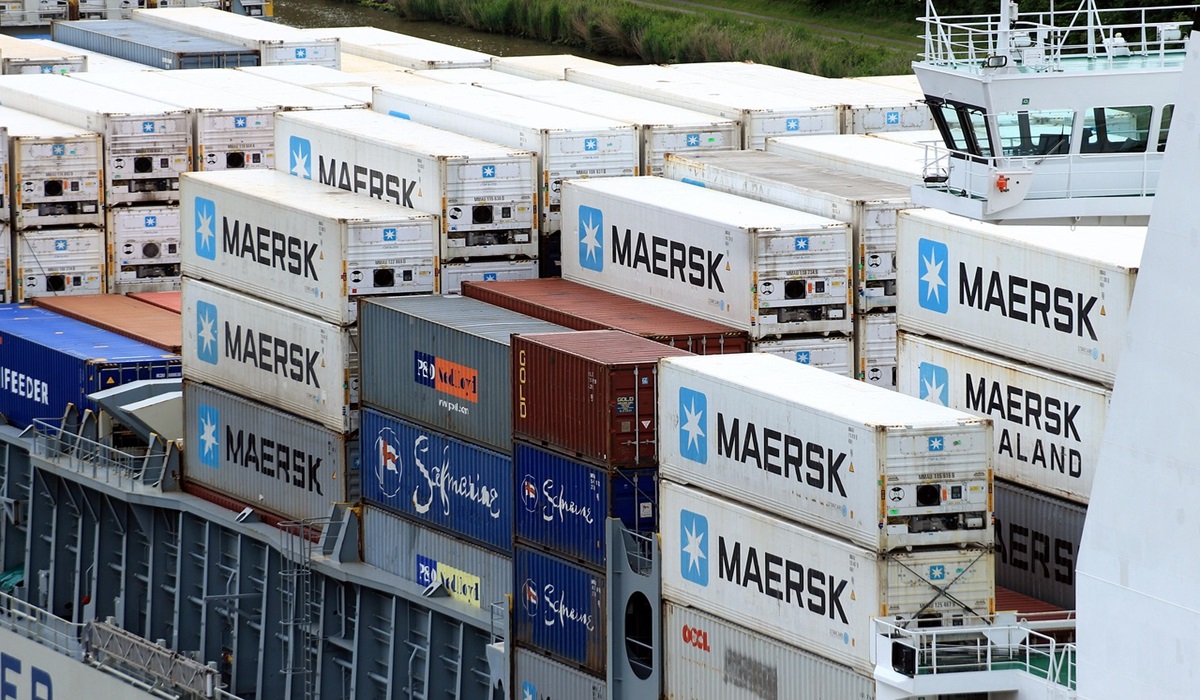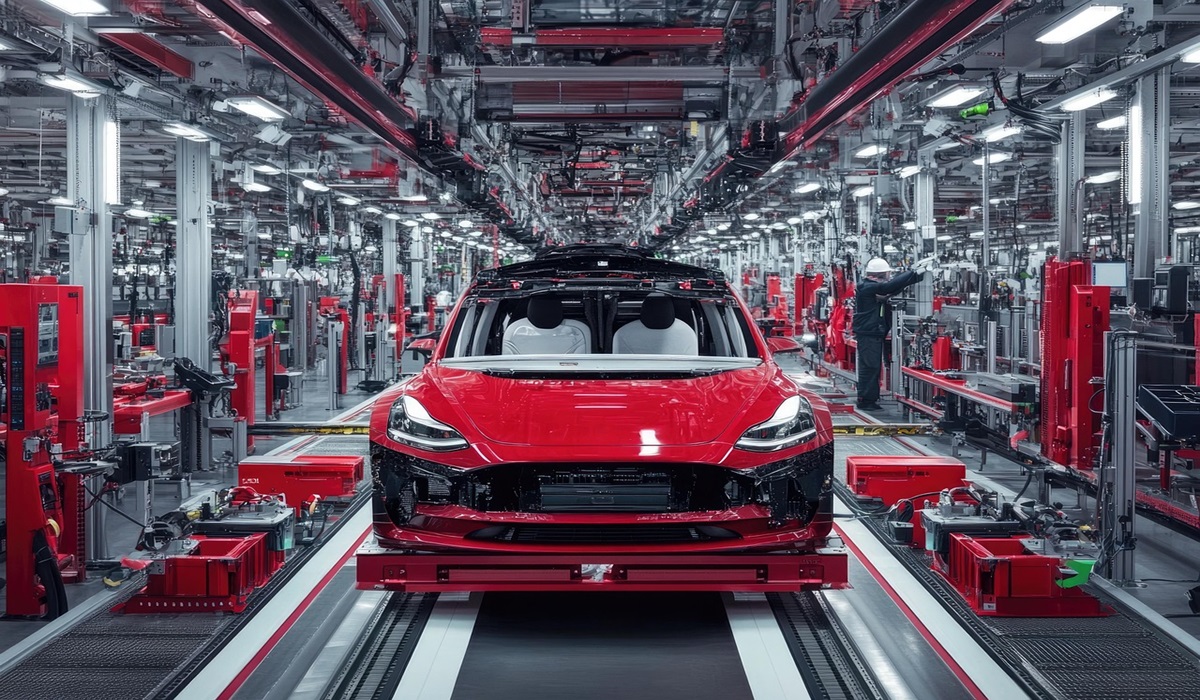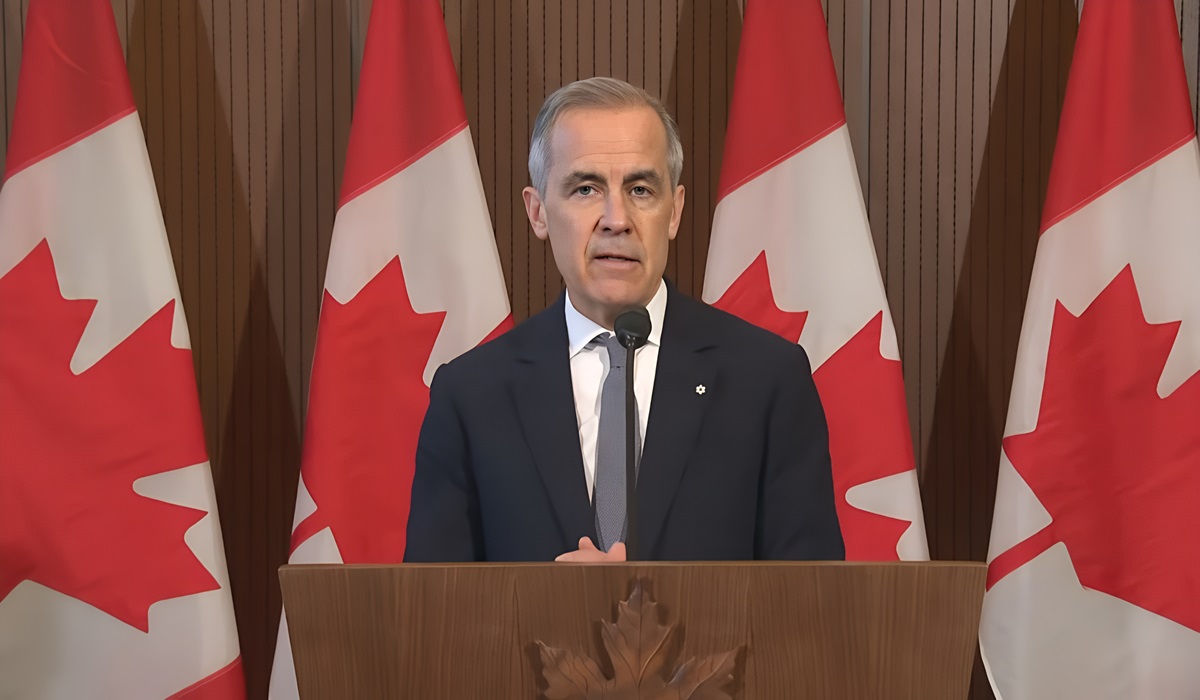Image Credit, Brownie Hsu
Donald Trump is back in the White House, and so are his tariffs. In just a matter of weeks since resuming power, Trump has reignited his trade war with an aggressive new round of tariffs on imports from China, Mexico, and Canada—echoing the hardline tactics that defined his first term. But unlike 2018, the stakes are far higher now, the global economy is more fractured, and America’s industrial backbone is far more brittle than before.
Trump’s latest salvo—a 100% tariff on Chinese electric vehicles—has already sparked retaliation from Beijing and sent shockwaves through the automotive market. The administration claims it’s about protecting American manufacturing and countering unfair competition, but the reality on the ground tells a different story. These tariffs are taxes on American businesses and consumers, plain and simple. And the pain is spreading fast.
Back in his first term, Trump’s tariffs fractured long-standing trade relationships, especially with close allies like Canada and Mexico, and introduced volatility that undercut global confidence in the U.S. economy. While Washington tried to spin that chaos as leverage, American farmers, automakers, and manufacturers bore the brunt of it. Now, Trump is doubling down—despite the fact that many of those industries never fully recovered from the first trade war.
Today, the economic fallout is becoming impossible to ignore. Tesla, once a poster child for American innovation, is now reeling. Not just from domestic missteps and Elon Musk’s own controversies, but because of foreign backlash against the tariffs and the perception that U.S. companies are being propped up by artificial trade barriers. Tesla dealerships abroad have been vandalized, and interest in the brand has plummeted in key international markets. Ironically, while the tariffs were meant to give Tesla an edge over Chinese EVs, they’ve isolated the company further in a global industry that’s increasingly moving on without it.
The broader truth is this: tariffs don’t work the way Trump claims they do. They’re not paid by foreign governments; they’re paid by U.S. importers who pass those costs on to American consumers. While the administration touts economic patriotism, the average family is paying more for vehicles, electronics, machinery, and building materials. Inflationary pressure is climbing. And the federal government is once again turning to subsidies to cushion the blow, pumping billions into affected sectors. But how long can that last? Subsidies can’t mask the damage forever. This is a costly, unsustainable strategy—and it’s starting to look more like economic self-sabotage than protectionism.
Meanwhile, China, Mexico, and Canada aren’t just retaliating—they’re pivoting. China, as part of the expanding BRICS bloc, is rapidly securing new trade alliances. Canada and Mexico are actively diversifying their partnerships to reduce dependence on an increasingly erratic American market. They’ve seen this movie before, and they’re not waiting around for the next plot twist.
And that’s the most alarming part. While Trump insists his tariffs are making America stronger, they’re isolating the U.S. from a global economy that’s already adapting without it. Foreign investors are jittery. Supply chains are realigning away from American ports. And industries that once powered U.S. growth are losing ground to international competitors.
So, how long can this last? How long can Trump keep escalating this economic war without causing irreparable harm? The truth is, the damage is already being done. Depending on who you ask, America is either on the verge of a recession—or already in one. Manufacturing numbers are down. Trade deficits are up. And consumer confidence is eroding.
Where this ends, how it ends, and when it ends—no one knows. But one thing is becoming painfully clear: this isn’t a path to renewed strength. It’s a slow, grinding decline masked by slogans and propped up by emergency cash. If the tariffs continue at this pace, the American economy may face a level of structural damage that no bailout or tax cut can undo. And the people who will suffer the most aren’t in Beijing, Ottawa, or Mexico City. They’re here—in the factories, farms, and storefronts of America.









